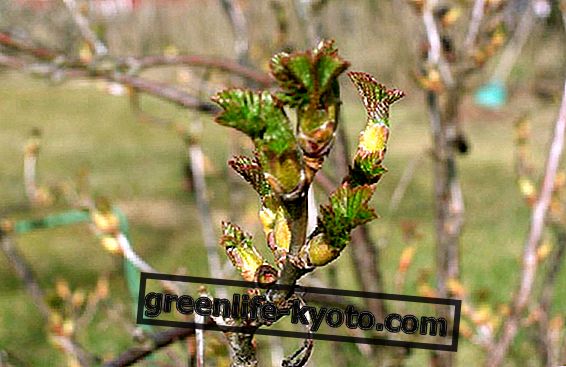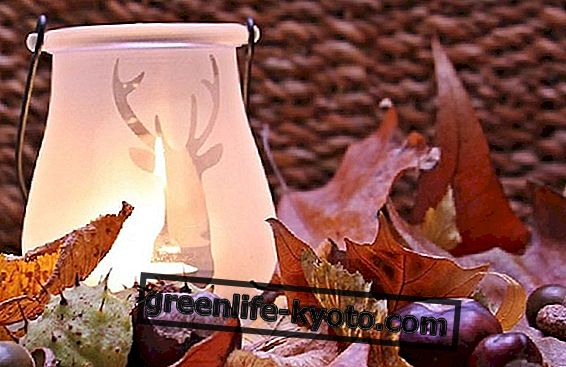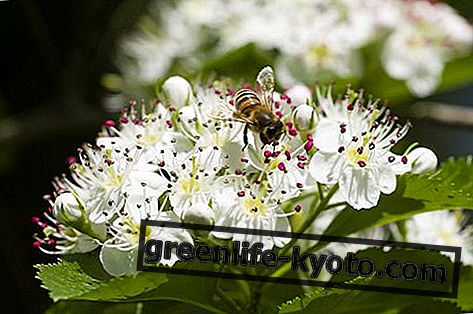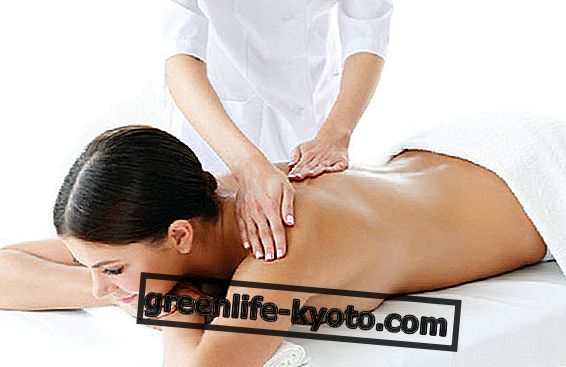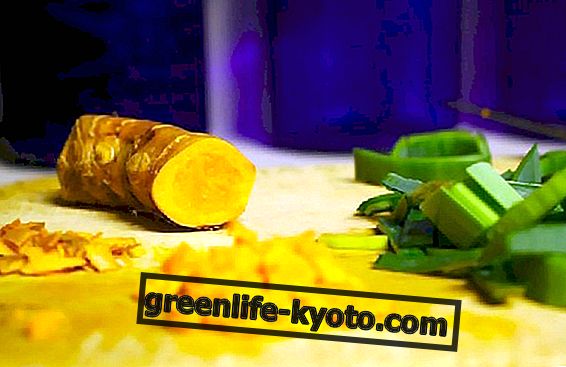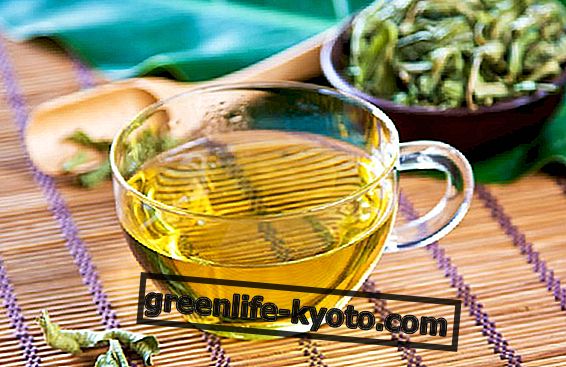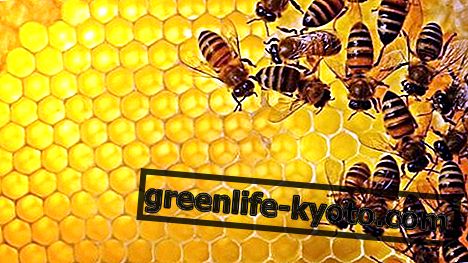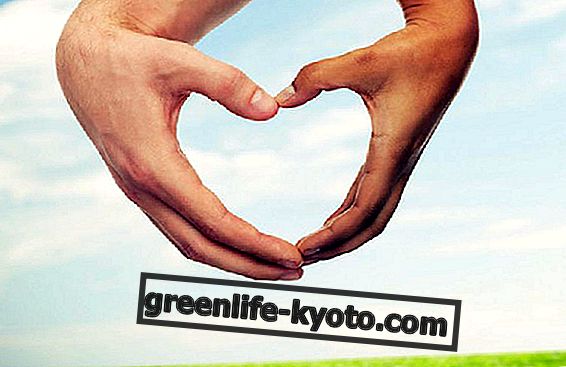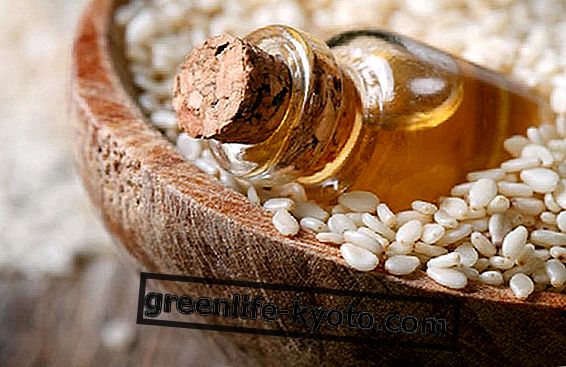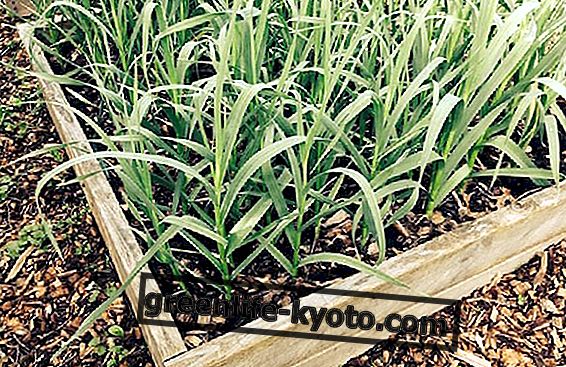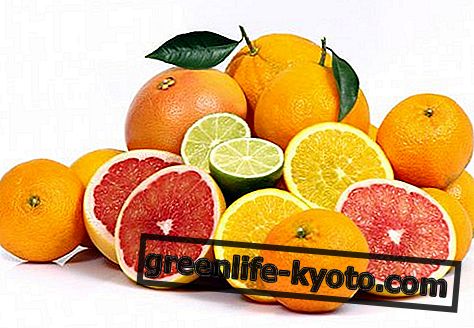Thai massage, based on compressions and acupressure, frees energy and promotes the elimination of toxins. Let's find out better.

The technique of Thai massage
Thai massage dates back at least 2500 years. The inventor is identified with the figure of Jivaka Kumar Bhacca : legend has it that he learned the technique from the populations visited along his pilgrimage in the company of the Buddha.
The Thai massage, in fact, is closely related to Buddhism but, while religion experienced a period of eclipse, crushed under the weight of Hinduism and Islam, the massage remained very practiced in Thailand and not only in temples.
The various techniques of Thai massage, based on the meridian theory, are still handed down today from generation to generation. The purpose of the Thai massage is to reactivate the interrupted or difficult energy circulation, relying on the body's self - healing potential.
The seat
Thai massage starts with light maneuvers that gradually increase in intensity, without ever trespassing in excessive pain. Although only one session produces beneficial effects, it is good to have treatment twice a week.
The masseur uses acupressure and compressions . The body must rest on a soft surface . Usually the patient remains covered, both in terms of tradition and to keep the muscles warm.
Benefits and contraindications of Thai massage
Thai massage frees energy, increases vascular activity, promotes the elimination of toxins . Very suitable for problems such as neuralgia, lordosis or disorders related to depression, such as insomnia.
A Thai massage session leaves the body relaxed and the mind ready, clear, free from thoughts. The sessions relax the muscles, improve the nervous system.
Thai massage should not be used in case of hiatal hernia, pregnancy, arterial hypertension, heart problems, fractures, severe inflammation or wounds .
Curiosity
A professional Thai masseur looks almost like a dancer, to see him from outside. In fact, the movements are very choreographed : the stretching of the muscles is done with wrist-taking maneuvers (the patient and the masseur grasp each other's wrists) or ankle.
Find out also
> The benefits and contraindications of the therapeutic message
> The benefits of Thai massage
> Tok sen, the particular Thai massage

